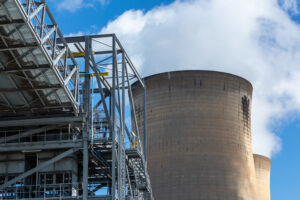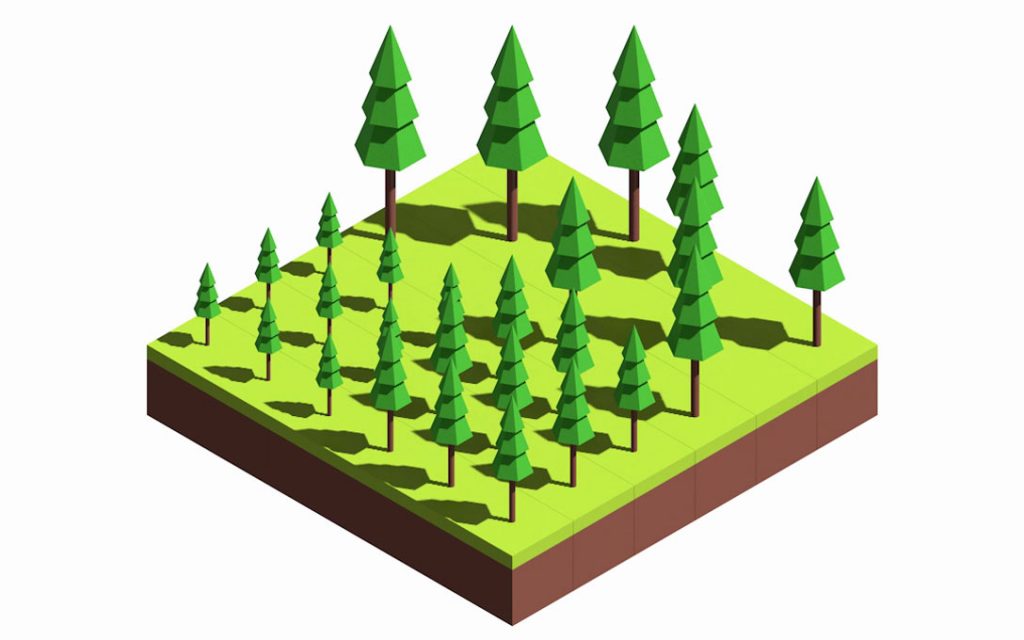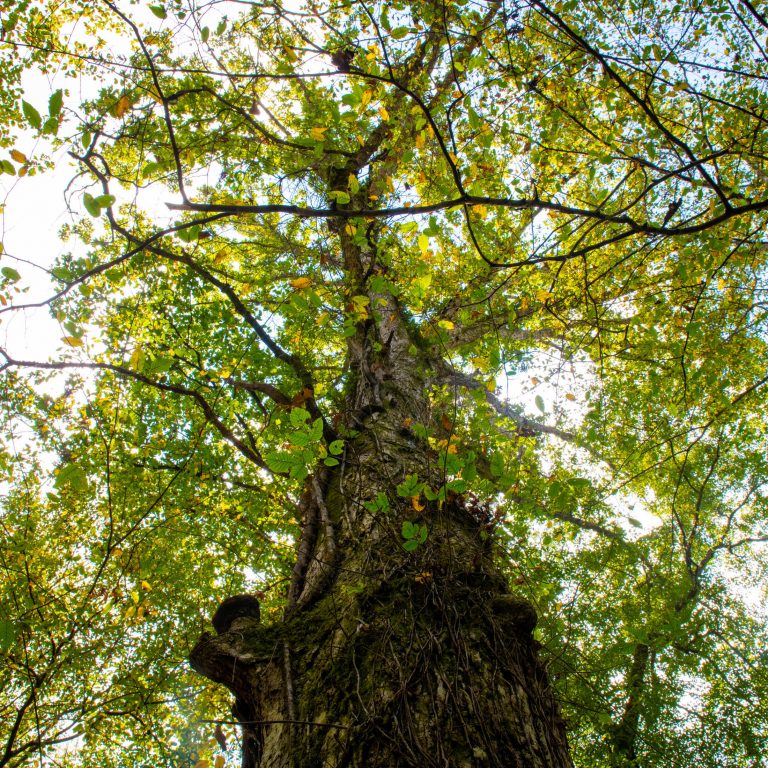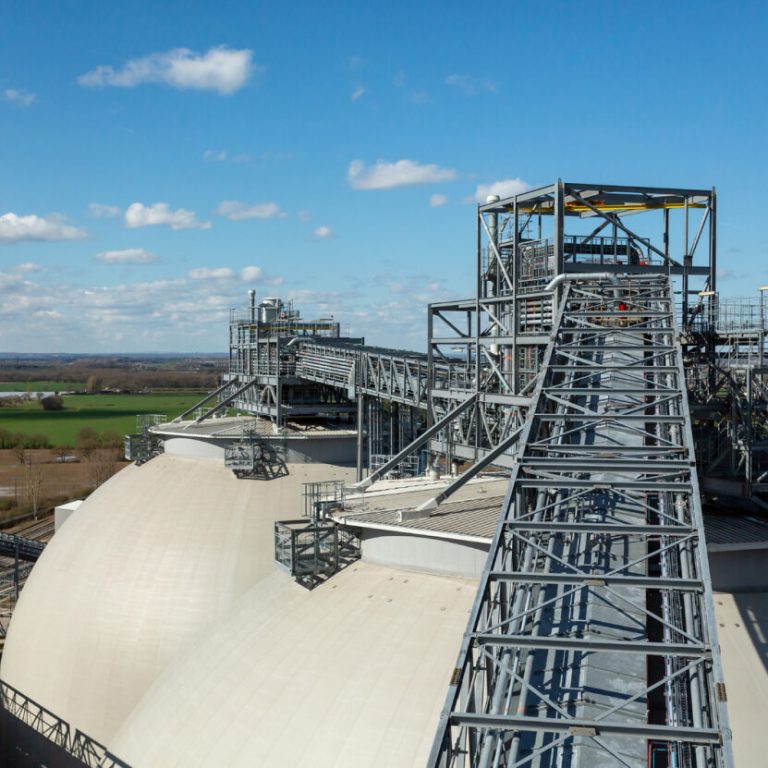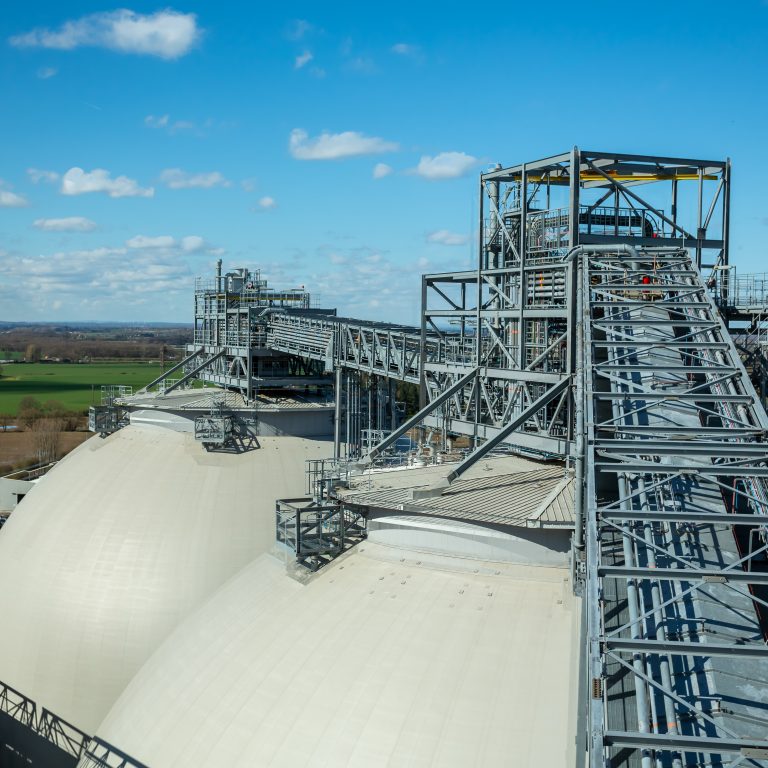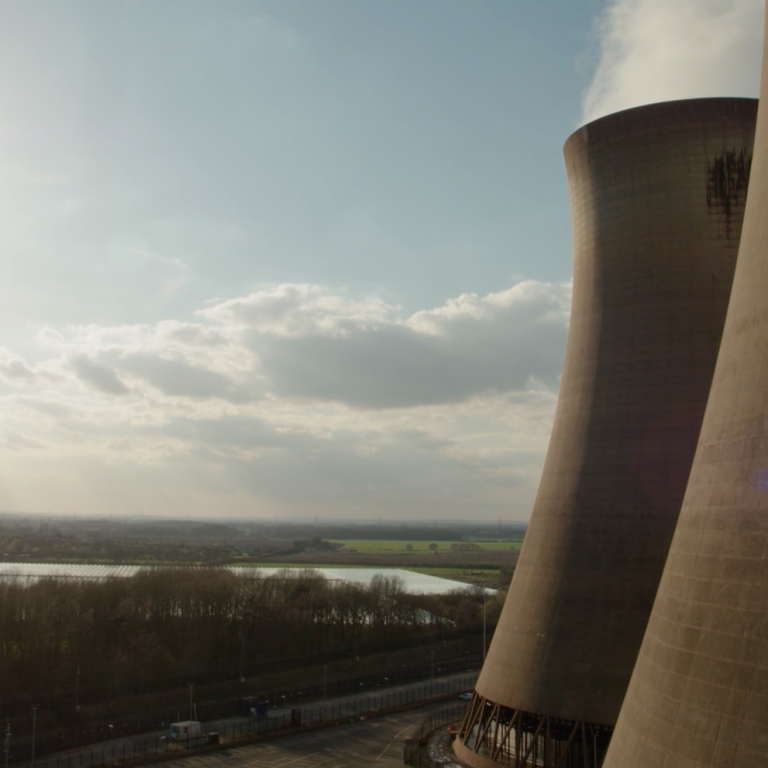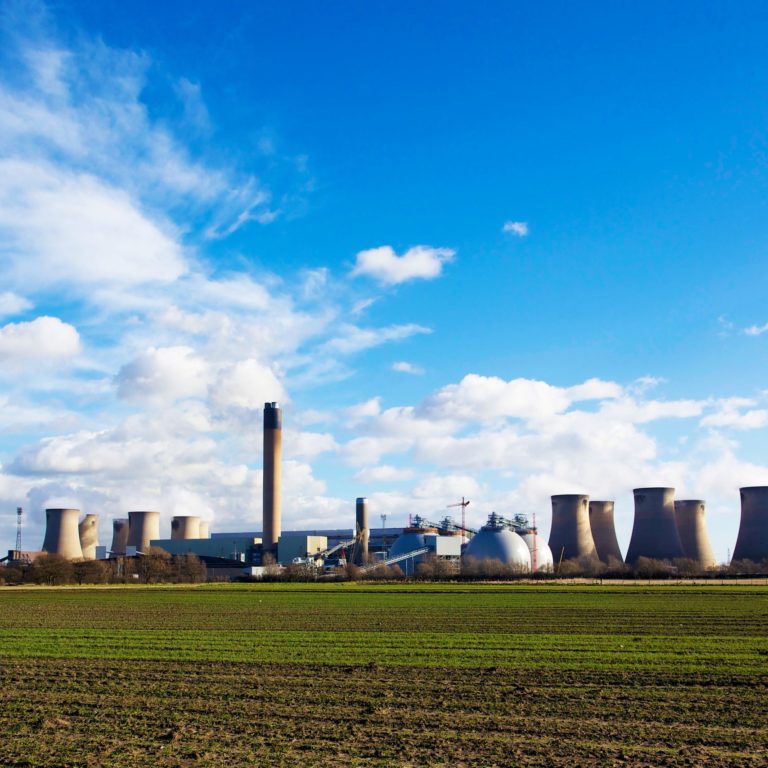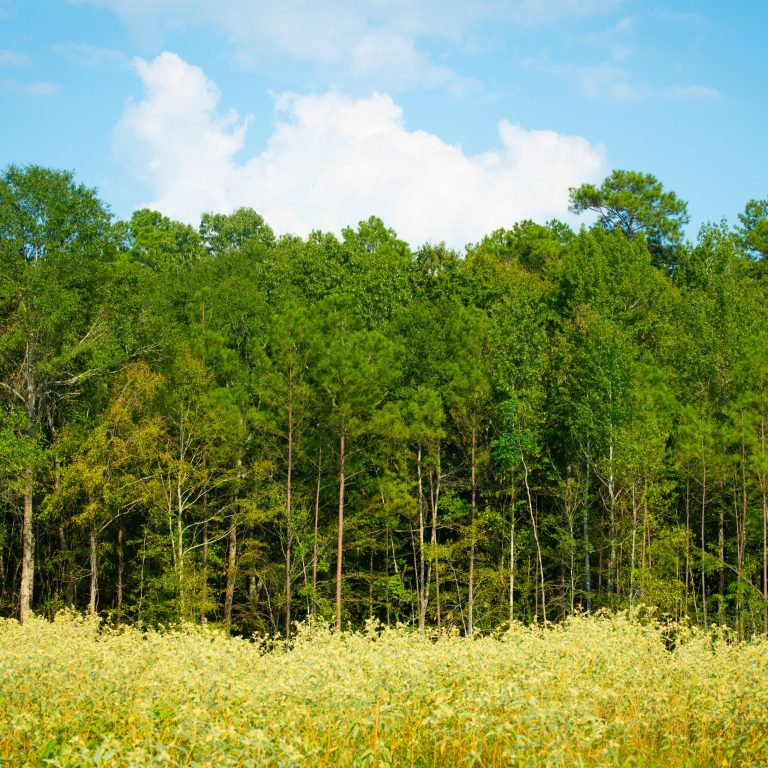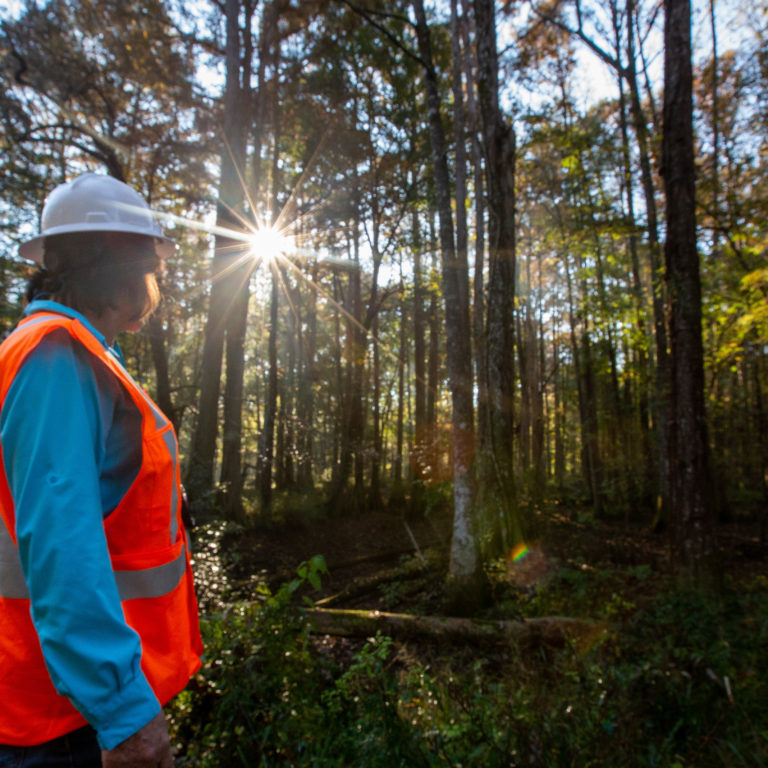For centuries, civilizations have relied on forests and forest products. Forests provided fuel, food and construction materials, and there were plenty of them.
But when, in 18th century Europe, the needs of growing industrialisation sent development into overdrive, a problem arose: forests were struggling to meet demand.
In Germany, the problem was acute. The growing steel industry had increased demand for wood to power its smelters and for wood used in mining operations. Large areas of forestland were stripped to meet industry’s needs and overall supply was quickly decreasing.
No one was more acutely aware of the challenge than Hans Carl von Carlowitz, who at the time was the head of the Saxon mining administration.
So, in 1713 he published ‘Silvicultura Oeconomica’, a book which advocated the conservation and management of German forests so they could provide for industries in the long term. Although he drew on existing knowledge from around Europe, it was the first time an important term was used: Nachhaltigkeit, the German word for sustainability.
Carlowitz explained this new term: “Conservation and growing of wood is to be undertaken in order to have a continuing, stable and sustained use, as this is an indispensable cause, without which the country in its essence cannot remain.”
It was arguably the start of the scientific approach to forestry, and although our needs of forests have changed (as have the words we use to describe them – working forest, plantation forest and managed forest all refer to largely the same thing), that same principle is at the heart of how a modern working forest functions: to ensure what exists and is useful today will still be there tomorrow.
This approach relies on responsible forest management, which sets out a few key principles on how a forest should be managed to sustain its life.
Providing room to breathe
Working forests are commonly managed to produced sawlogs – high value wood that can be sawn to make timber for construction or furniture. For a forester to optimise the quality and quantity of sawlogs, regular thinning is required. Thinning is the process of periodically felling a proportion of the forest to aid its overall health and vigour. This means there are fewer trees fighting for the same resources (water, sunshine, soil). More than that, thinning can promote diversity by providing more light and space for other flora.
Thinning can occur several times in a forest’s cycle. It can be used to increase the size and quality of the remaining trees and also to encourage new seedlings to establish in place of the harvested trees when managing for continuous forest cover.
Nothing should be wasted
The roundwood produced by thinning is often too small to be sold as sawlogs, but that doesn’t mean it’s worthless. It can be sold to the pulp industry to make paper, or for particleboard or to the biomass industry to make compressed wood pellets, which can be used to fuel power generation – as is done at Drax Power Station. These industries also provide a market for the lower grade roundwood removed when the more mature trees are finally harvested.
In areas where there was no robust market for this low grade wood, it would often be left on site and become a fire risk or a haven for pest and disease attack. Too much low grade material left on site can also inhibit the regrowth of the next tree crop. So markets for this material are important for the health of the forest and the value of the land to the forest owner. Also in the Baltic countries markets for pulpwood are limited and the energy sector provides a valuable opportunity to clear the site for replanting and provide additional revenue to the forest owner.
This process of utilising all parts of the forest is essential for a healthy working forest. On the one hand, the revenue can cover the cost of thinning. This husbandry enhances the quality of the final tree crop and ensures that money is available to invest in future planting and regeneration, ensuring the forest area is consistently maintained and improved.
The carbon benefits of a working forest
Rather than diminishing it, actively managing a forest helps its ability to sequester – or absorb and store – more carbon.
Carbon sequestration is directly related to the growth rate of a tree – a young, growing tree absorbs more carbon dioxide (CO2) from the atmosphere than an older one. Older trees will have more carbon stored (after a ‘childhood’ spent absorbing it), but if these are not harvested they are more susceptible to fire damage, pests and diseases and their carbon absorption plateaus.
In an actively managed forest, older trees ready for sawlog production can be harvested and replaced with vigorously growing young trees and in the process maximise the CO2 absorption potential of the forest.
The by-products of this process – the low grade wood and thinnings – can be used for the pulp and biomass industry, which both aids the health of the remaining forest, and provides revenue for the forester to invest in the long term life of his or her forest.
Three centuries of sustainability
In the 300 years since Carlowitz published his book on sustainability a lot has changed. And while it’s unlikely he foresaw forests providing fuel for renewable electricity and renewable heat, the approach remains as relevant.
What is a working forest? It is one that is as productive and healthy tomorrow as it is today. That we’re using the same resource today as we were 300 years ago is evidence to suggest it’s a practice that works.





